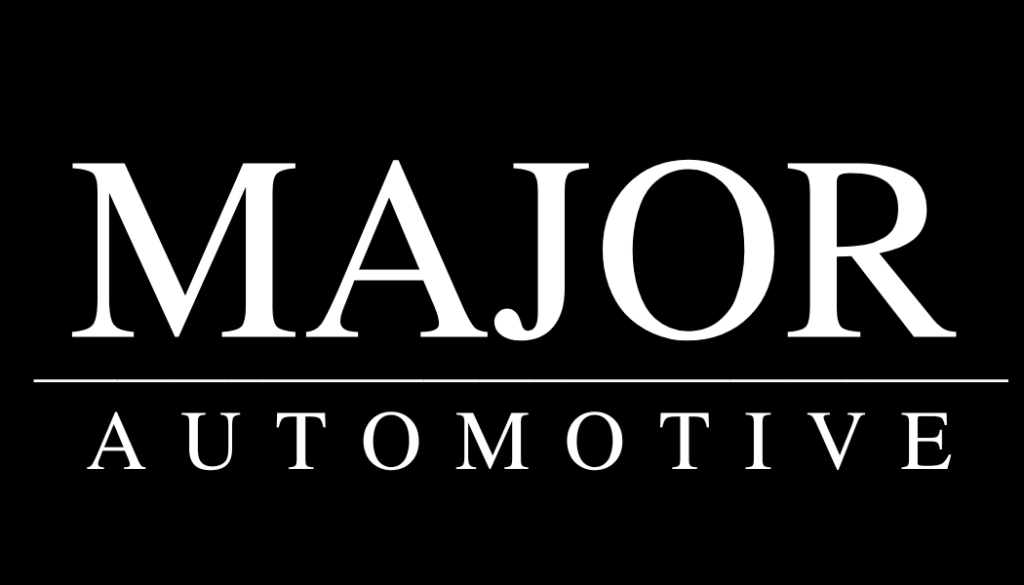- Monday to Friday : 8 am to 6 pm
- 972-707-1127
The Asian automotive industry has experienced rapid growth and development in recent decades, transforming from a relatively small sector to a global powerhouse. While European and American carmakers dominated the market for much of the 20th century, Asian manufacturers have made significant strides in terms of quality, technology, and market share.
The Asian automotive industry had a relatively slow start compared to its European and American counterparts. In the early 20th century, most Asian countries were still developing their industrial sectors and lacked the necessary infrastructure and resources to support a thriving automotive industry.
Following World War II, Asian economies began to experience rapid growth, fueled by industrialization and export-oriented policies. This economic expansion provided a favorable environment for the development of the automotive industry.
In the late 20th and early 21st centuries, Asian carmakers began to challenge the dominance of European and American brands. They achieved success through a combination of factors:
The Asian automotive industry continues to face challenges and opportunities in the modern era. Increasing competition from other regions, stricter environmental regulations, and the rise of electric vehicles are among the key challenges. However, Asian carmakers are well-positioned to capitalize on emerging trends and technologies.
The Asian automotive industry has come a long way since its humble beginnings. Today, it is a major force in the global market, producing a wide range of vehicles that meet the needs of consumers around the world. As the industry continues to evolve, Asian carmakers are poised to play a leading role in shaping the future of transportation.
“Our commitment to using only the highest quality equipment, ensuring top-notch repairs and superior performance for your vehicle.”
“Trust our seasoned mechanics to navigate under the hood with precision, delivering solutions tailored to your vehicle’s needs.”

Sign up to hear from us about specials, sales, and events.